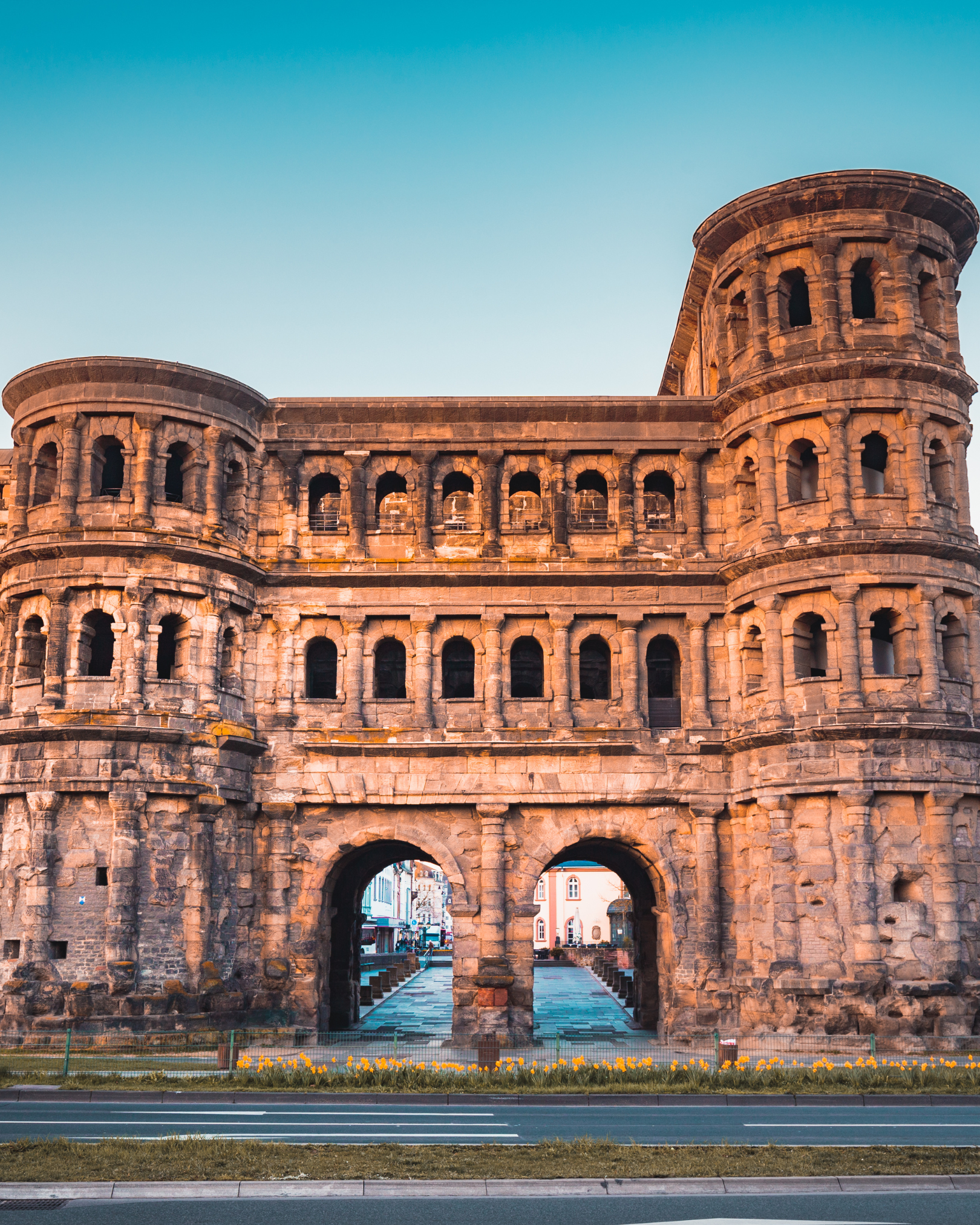
Trier’s legacy: How a Roman Ruin Became Germany’s Oldest City

Written by Edoardo Laudani
Trier, nestled in the western corner of Germany, is a city that seems to have it all—history, culture, and a quiet charm. But there’s one thing that makes Trier stand out from other cities in the region: it’s the oldest city in Germany. And the tale of how it earned this title is steeped in ancient intrigue, forgotten emperors, and a legacy that reaches back nearly 2,000 years.
The Roman Foundation: A City Fit for an Emperor
Trier wasn’t always the charming, picturesque city it is today. Back in 16 BCE, it was founded as Agrippa by the Romans, who sought to establish a base of operations in the region. Under Roman rule, Trier thrived as a powerful military outpost and trade hub. The city, then known as Augusta Treverorum, was the capital of the Roman province of Gallia Belgica, and it quickly grew to become one of the most important cities of the Roman Empire.
The presence of Roman emperors in the city is a key part of Trier’s history. The most famous among them is Constantine the Great, the first Christian emperor of Rome, who spent a significant portion of his life in Trier. It is said that Constantine was born here—though this is still a subject of debate. However, one thing is certain: Trier’s imperial connections made it a place of great power and influence during Roman times.
The Curiosity: The Emperor Who Didn’t Want to Be Forgotten
But the most intriguing part of Trier’s story comes from a more obscure emperor: Maximinus Thrax, the Roman emperor who is often forgotten by history, yet had a strong connection to the city. Maximinus, a soldier from humble beginnings, rose to power and became the first emperor of non-Roman descent. Despite his status, he was seen by many as a tyrant, ruling with brutal force.
Maximinus, however, was determined to leave a lasting legacy—and what better way to do so than by commissioning grand monuments in his hometown? In 236 CE, Maximinus ordered the construction of one of Trier’s most famous landmarks: the Porta Nigra, the largest Roman gate north of the Alps.
The irony, of course, is that while the gate stands tall today as one of the best-preserved Roman structures in Germany, Maximinus himself didn’t quite succeed in securing his place in history. He ruled for only three years before being assassinated in 238 CE. His grand architectural project, however, remained—silent testimony to a man who wanted to be remembered but failed to achieve his goal of immortality.
Tracing the Legacy: The Roman Ruins that Tell Trier’s Story
Trier may no longer be a Roman imperial capital, but it’s still home to some of the most impressive Roman ruins in Europe. The city is a living museum that speaks to its glorious past, and visitors can trace the steps of emperors and soldiers who once roamed its streets.
• The Porta Nigra: As the city’s most famous landmark, the Porta Nigra is a must-see. This massive Roman gate, with its towering stone walls, is a remarkable example of Roman engineering. The gate once served as the northern entrance to the city and was built from sandstone blocks. Despite centuries of wear and tear, it remains remarkably intact.
• Constantine’s Basilica: Once the imperial palace of Emperor Constantine, this basilica was the largest building in the Roman Empire outside of Rome itself. It is now part of Trier’s Palace Museum and gives visitors a glimpse into the grandeur of Roman architecture.
• Trier Amphitheater: Built in the 2nd century, this amphitheater could seat up to 20,000 spectators for gladiator games and public spectacles. Though much of it lies in ruins, it still evokes a sense of the city’s former glory.
• The Trier Imperial Baths: Another significant Roman site, the Imperial Baths were one of the largest bath complexes in the Roman world. Though much of the structure has been lost over time, the remaining ruins provide a fascinating insight into Roman leisure and social life.
• The Trier Cathedral: While not a Roman site per se, the Trier Cathedral, or Dom St. Peter, is built on the foundations of a Roman imperial palace and is home to the Holy Robe, a relic said to be the garment worn by Christ during the Crucifixion. The cathedral’s stunning architecture and rich history make it an essential stop in Trier.
Why Trier Still Matters
Trier isn’t just about Roman ruins—it’s a city with a dynamic modern identity as well. It’s the birthplace of Karl Marx, and his legacy can still be felt in the city’s museums and cultural offerings. Trier is also known for its vineyards, which stretch across the Moselle River, offering visitors the chance to enjoy excellent wines while exploring the city’s storied past.
Despite its ancient history, Trier feels like a city very much alive. Its blend of Roman heritage and modern culture makes it a fascinating destination for history lovers, wine enthusiasts, and anyone looking to experience the unique charm of Germany’s oldest city.
Visit Trier. Walk through its ancient streets, marvel at its Roman ruins, and reflect on the emperors, the forgotten tyrants, and the legends that still echo through the walls of this historic city.

Related Itinerary: Trier
Follow Us
Join
Subscribe For more itineraries
Love discovering hidden gems and powerful stories like this? Follow us for more curated itineraries, historic insights, and unforgettable destinations around Luxembourg and beyond. Whether you’re planning your next weekend getaway or just love exploring from your screen, we’ve got countless ideas to inspire your next journey. Adventure is closer than you think—come explore it with us!

